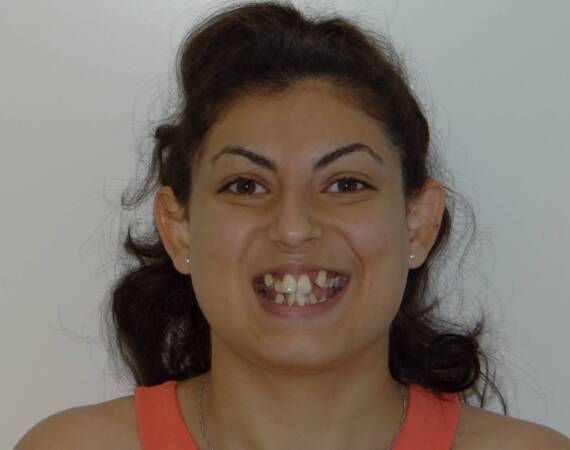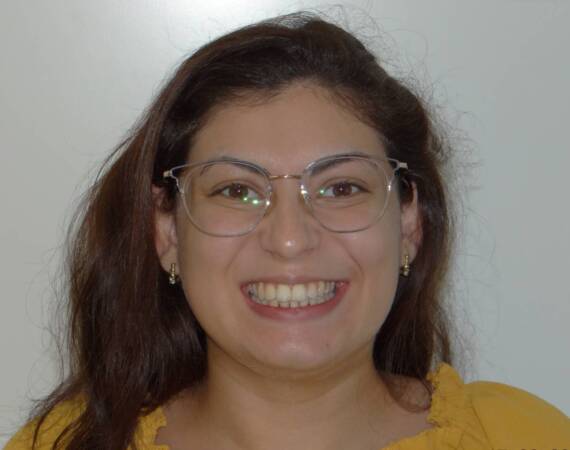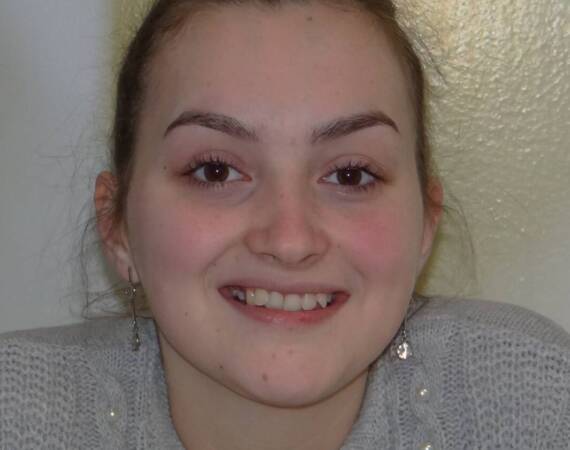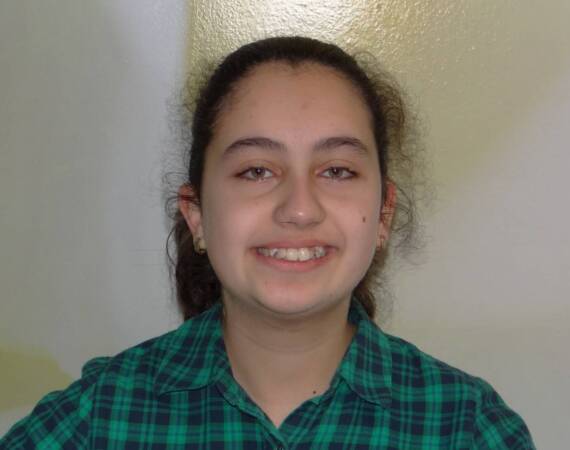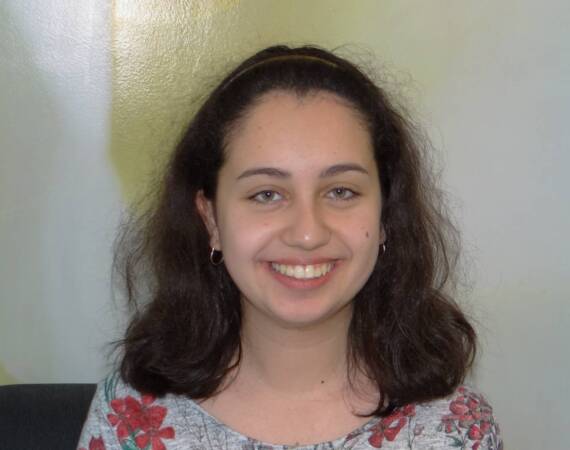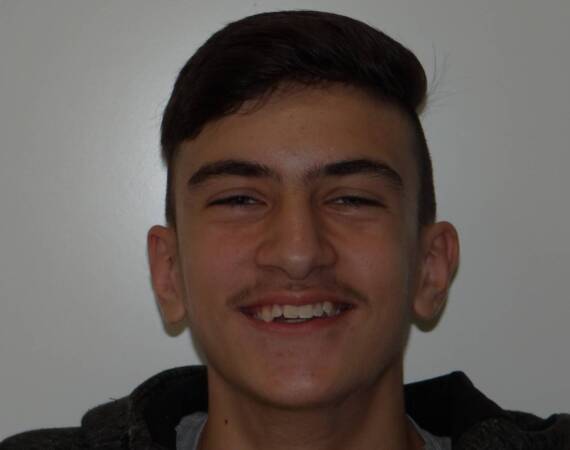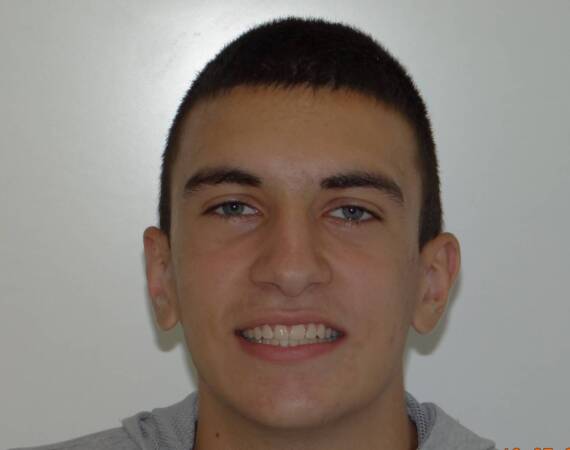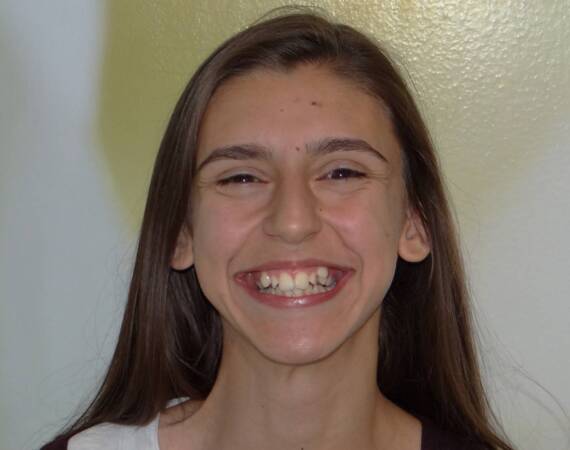Orthodontics, orthodontist
Orthodontics is a branch of dentistry, which deals with misaligned teeth and improper proportions of dental arches and jaws.
Why is it done??
Aesthetics comes first.
A beautiful smile has a huge impact on our self-esteem and how we are received. Our society is focused on appearance and first impressions. The wide one, A bright smile is a must for more and more professions. It is both a condition for success and a sign of its achievement.
People with bad teeth avoid smiling and make a habit of covering their mouths, they are nervous about public speaking. Hiding your teeth even from yourself, they very often neglect their oral hygiene and do not treat them, which further aggravates the situation.
In many cases, with the alignment of the teeth, the harmony between the lips is restored, the chin and nose and the general appearance of the face in profile and full face is improved. The teeth are the support of the lips and largely determine how pronounced the wrinkles around the mouth will be, therefore, a good set of teeth can hide years from the face.
Getting your teeth straightened out is one of the smartest investments you can make, because except, that will improve the appearance, will also provide health.
Crooked teeth are much more difficult to maintain and clean. This may lead to damage to the teeth themselves (caries and its complications) and inflammation of the gums (gingivitis), which is manifested by bleeding, pain and bad breath. Without treatment, the inflammatory process also involves the bone, which holds the teeth (periodontitis), and she begins to melt and the teeth shake. An additional factor for this is the incorrect bite, because then the chewing forces are distributed incorrectly and some areas are overloaded, and others do not function at all. Gradually, the teeth begin to dislodge under the action of forces, which normally do not affect them - the language, lips and opposite teeth. Most often, they are fanned forward and gaps appear between them. At this stage, their preservation is associated with complex, long and expensive treatment with the participation of several specialists.
Children with orthodontic problems are best seen by an orthodontist between 7 and 9 Mr. This is the so-called. early treatment (first phase) – treatment with removable and/or non-removable braces.
Stages in orthodontic treatment
- The first phase of treatment has mainly an orthopedic effect and aims to balance the forces between the tongue and facial muscles, which contributes to the correct dental, facial and jaw growth. In milder cases, satisfactory results can be achieved with braces and braces are not required..
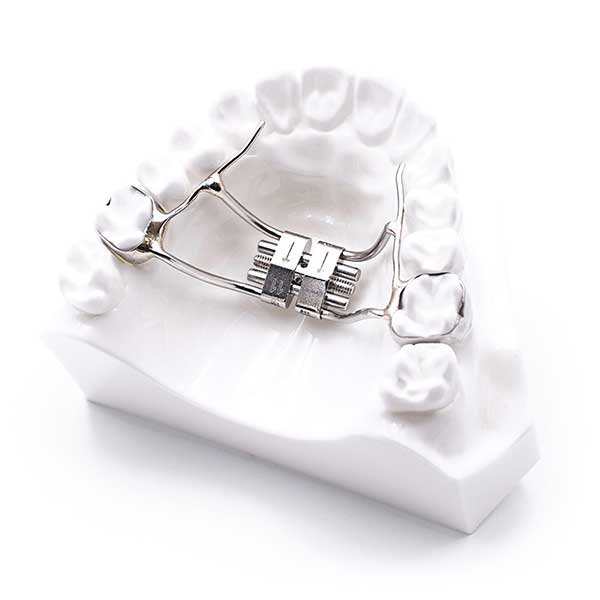
Apparatus for rapid expansion
When the jaws are too narrow and there is not enough space for permanent teeth to erupt, need to be expanded. The rapid expansion appliance is bonded to the permanent 6th and/or 4th teeth. Its small size and location do not create discomfort when eating and speaking. Fast and reliable results are achieved, which are long-lasting in time.
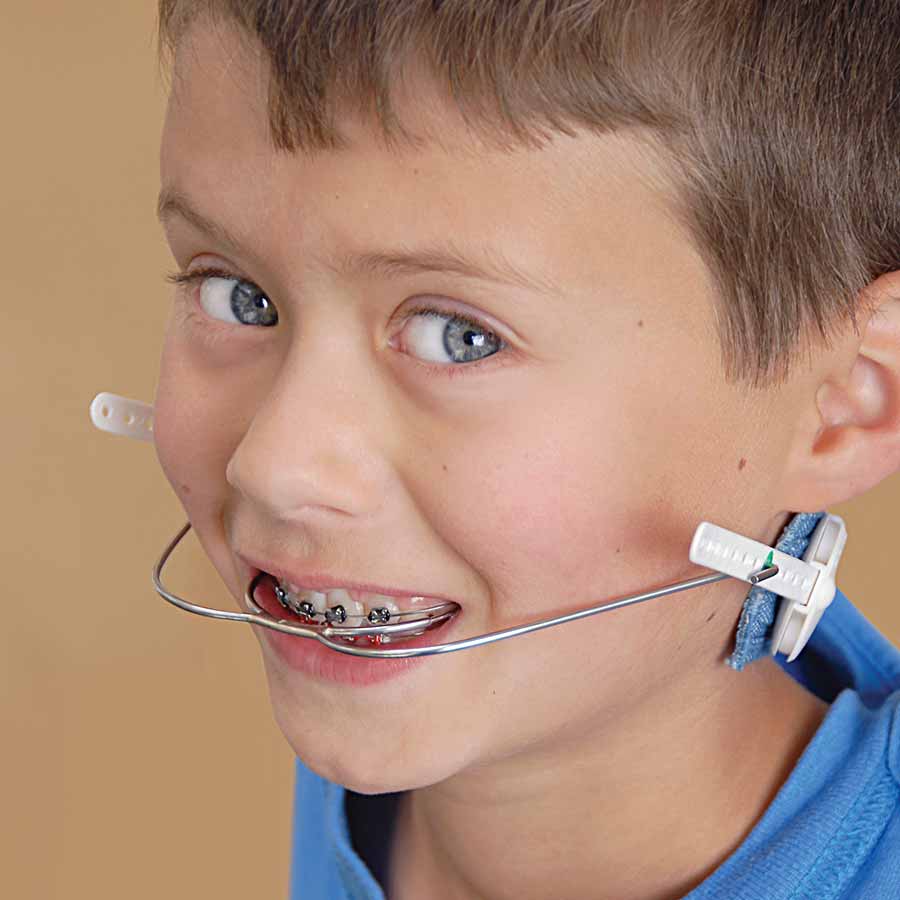
Head gear
Using growth to achieve balanced jaw ratios is the greatest advantage of early childhood orthodontics. Headgear is an apparatus to be worn at night, thanks to which the upper jaw is kept in its correct position and the lower one is given the opportunity to grow and "catch up" the distance in the anterior-posterior direction.
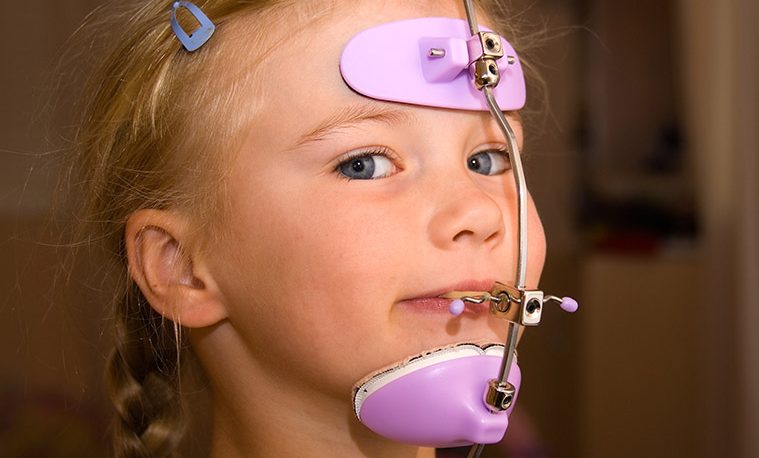
Face mask
Backbite is one of the biggest challenges in orthodontics. If the treatment starts at an early age and the active growth of the child is used, it is possible to fully compensate it. The face mask is an indispensable tool in the treatment of this type of deformity. It stimulates and guides the growth of the upper jaw as a result, which achieves correct relationships between the jaws and a balanced profile.
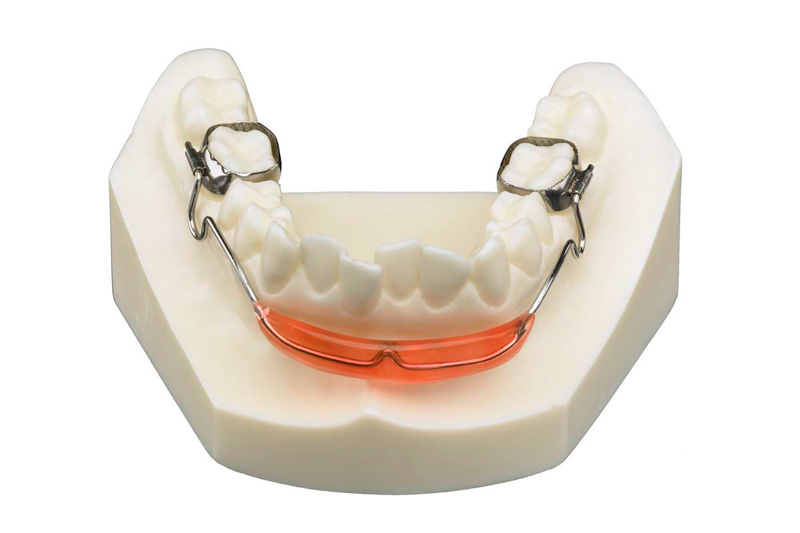
Lip Bumper
The Lip Bumper is an apparatus, which is placed in the lower jaw. It maintains the correct position of the SIX permanent teeth, while providing room for jaw growth and CREATING a condition for the CORRECT positioning of the front teeth in their place in the dental arch.
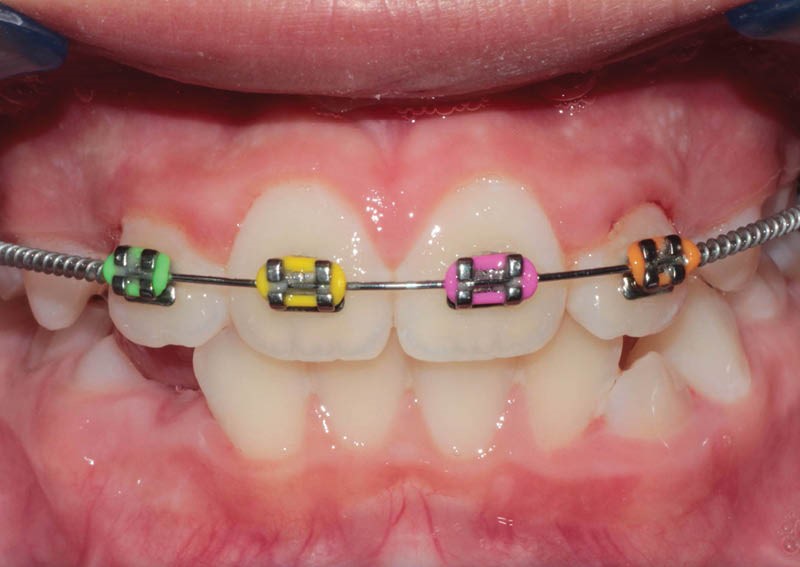
Braces 2*4
The braces 2*4 are used in the early treatment of mixed dentition . They are bonded to the four permanent incisors and the two sixth molars. They are used to treat crowding of the incisors, cross bite, diastema closure, deep bite, class treatment 2 and t. n.
2. Second phase (treatment with braces) starts on 10-12 Mr. in the girls and 12-14 Mr. with the boys. It has an effect on the arrangement of the teeth and guides the growth of the jaws and corrects jaw discrepancies.
What are braces??
Braces are small brackets, which are glued with photopolymer adhesive on each tooth. Placed on the tooth, the brace is passive. There is a chute in each bracket, through which an elastic arc passes, which actually runs through the entire tooth row, or in other words through every groove of the braces glued to the teeth. It is a source of strength. It is assigned a certain starting position, which she is all the time striving to recover and doing so, the arch changes the position of the tooth, to which it is clamped – it can press on the tooth, to download or rotate it. The elastic arch changes the position of each tooth in the three main planes and aligns them next to each other in the dental row. The thickness and cross-sections are different - thin, thicker, even thicker, round, rectangular, square and in different stages of treatment are changed depending on the need at the moment .
There is no upper limit for orthodontic treatment. People of different ages can benefit from it. In these cases, however, we can move the teeth, but we have no orthopedic effect on the jaws.
Types of braces
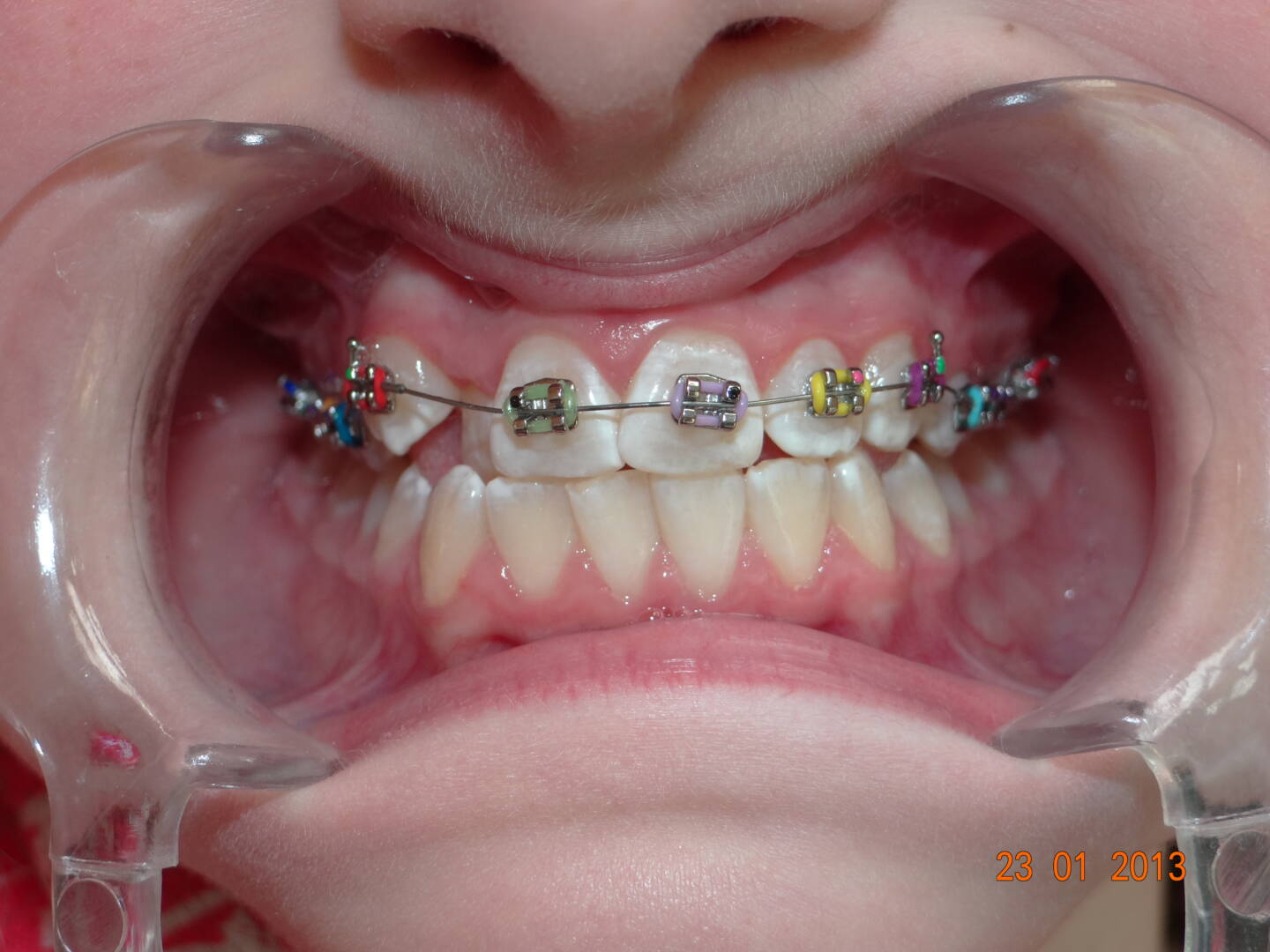
Metal braces are the classics in orthodontics. They have proven their effectiveness over the years. They are the cheapest in terms of price and the easiest to work with. They are suitable for children as they are visible and their hygiene is easy to maintain.
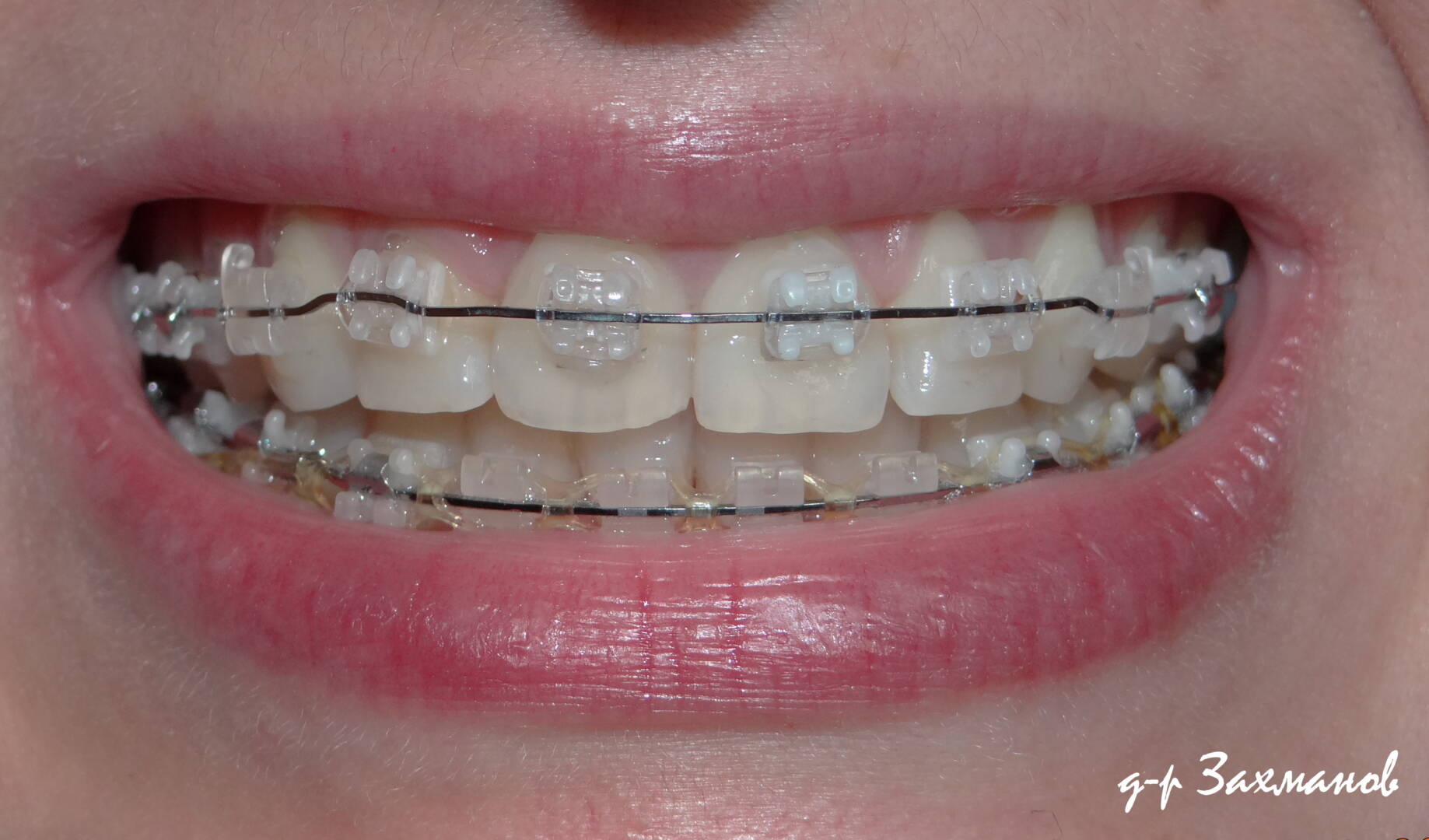
Porcelain braces are superior to metal braces in terms of aesthetics ,but with them the friction (the friction )between the bracket and the arc is larger, correspondingly, the movement is slower. Therefore, in some porcelain braces systems, a metal slot is placed inside the braces .
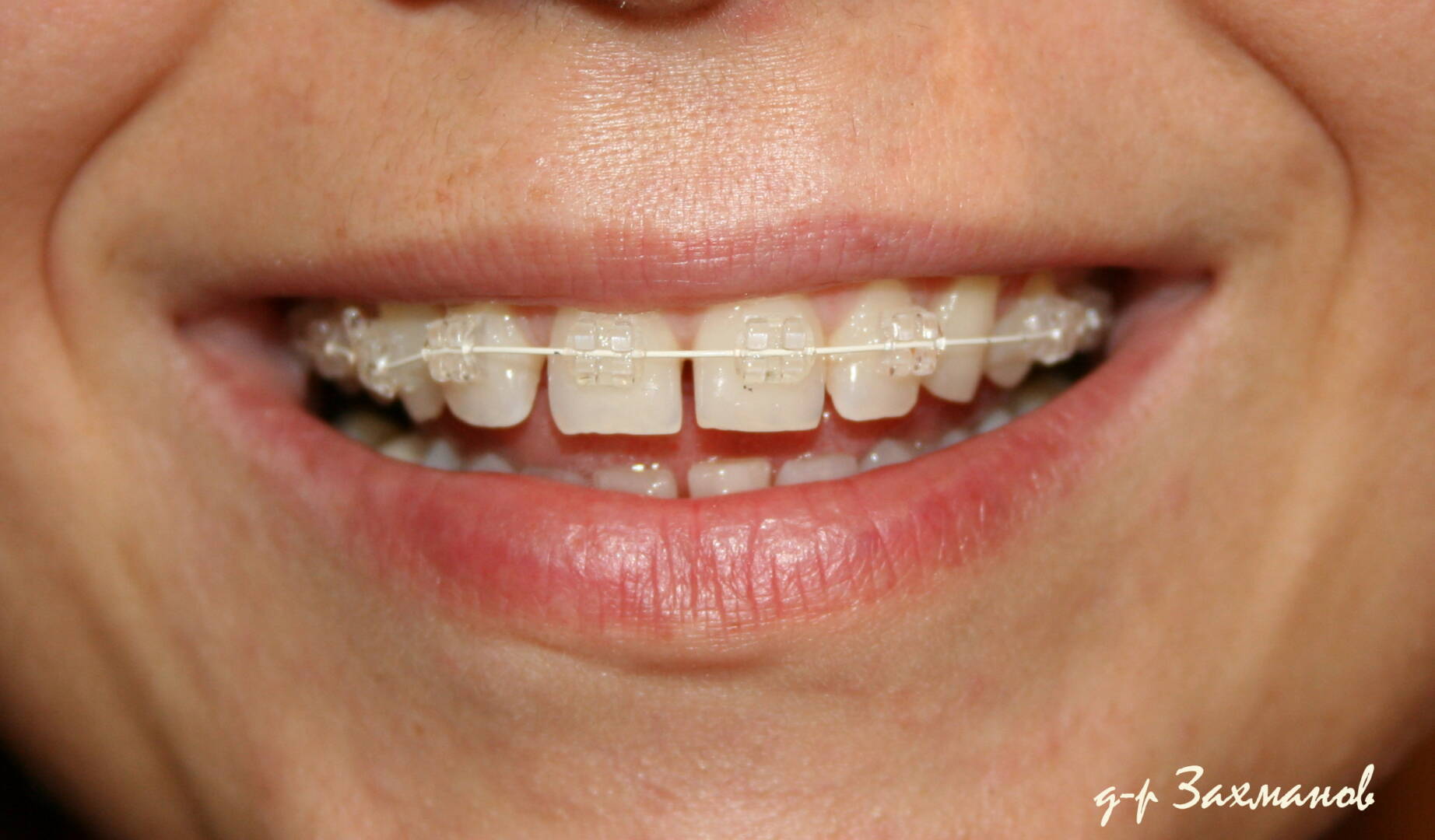
Sapphire braces are the latest and dazzlingly beautiful braces. Each bracket is a small sapphire jewel, which is never discolored by anything and always shines when you smile. They are made of sapphire crystal, the second hardest mineral in the world after diamond. Extremely transparent , incredibly aesthetic and very strong. Each sapphire brace is thermally polished to absolute smoothness providing incredible comfort from the very first moment they are placed in the mouth.
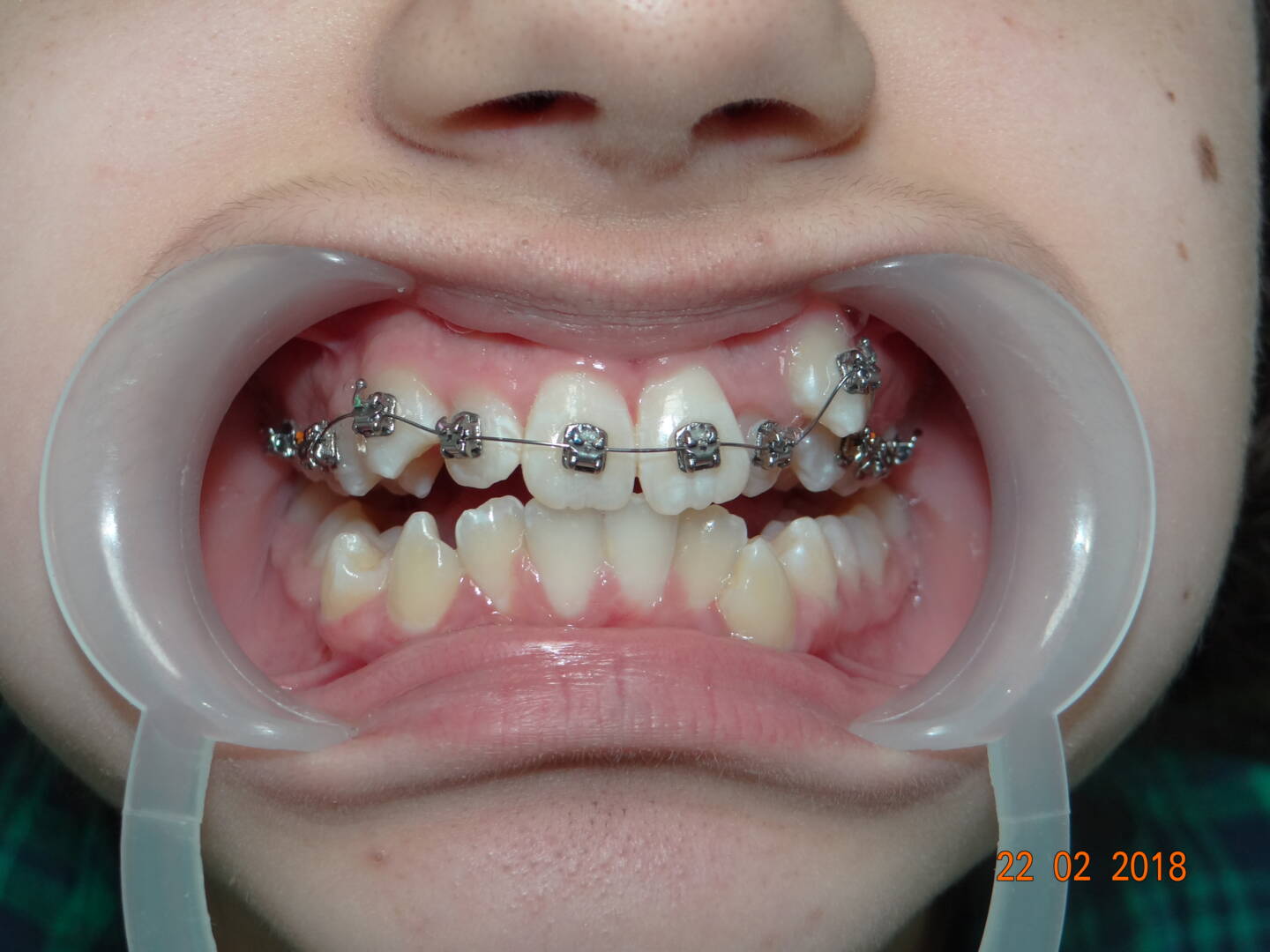
Self-ligating braces. These are the braces with the least friction (friction) between the arch and brace. They are the most hygienic because they do not have an elastic that holds the arch to the brace. With them, the treatment is shorter and more painless. They are my favorite for complex orthodontic cases.
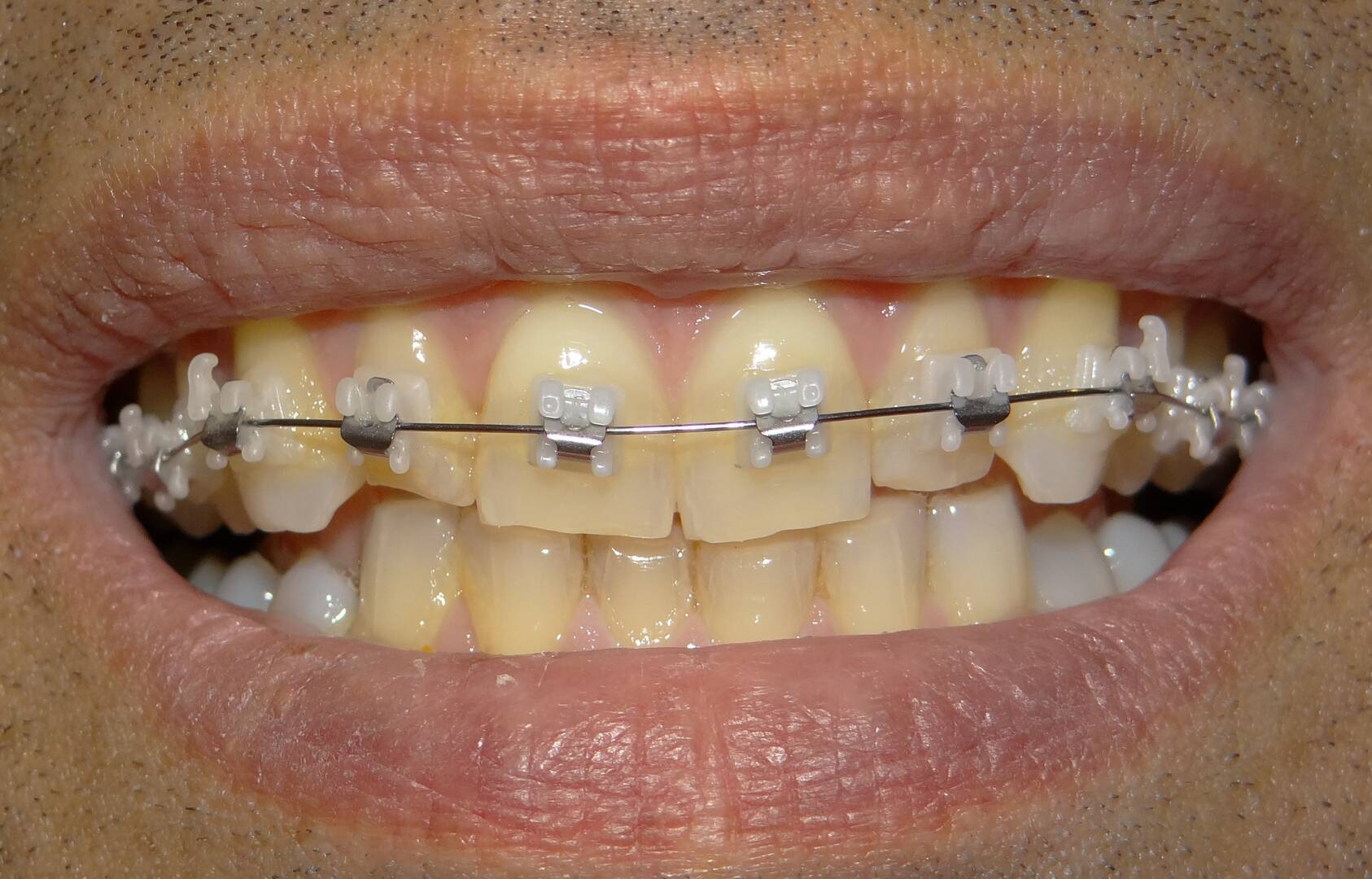
Self-ligating porcelain braces. They combine the aesthetics of porcelain and the good biomechanics of self-locking metal braces.
Gallery
All photos are of patients who underwent orthodontic treatment in our office.


